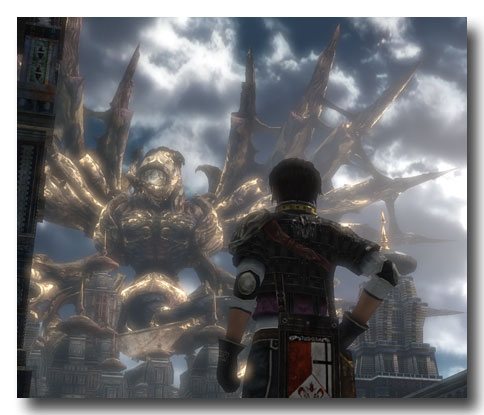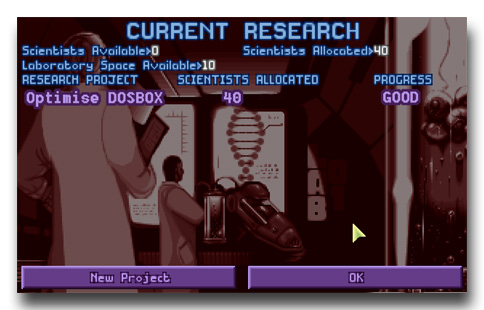
The Last Remnant may not be a Final Fantasy title but it plays like one. Guiding Rush Sykes through the game’s Unreal Engine 3-powered environments is strongly evocative of adventuring with Vaan and company in Final Fantasy XII, and like the 2006 PlayStation 2 game, The Last Remnant provides ample freedom to stray from the main quest to enjoy copious amounts of optional content.
The similarities between the two games aren’t unsurprising given Final Fantasy XII’s popularity outside Japan and Square Enix’s stated intention of making The Last Remnant a cornerstone of its worldwide strategy.
The two games do differ in one aspect and it’s this crucial difference that makes The Last Remnant the lesser game: Final Fantasy XII was designed to streamline battles and minimise tedium whereas The Last Remnant takes the opposite tack.
The Last Remnant’s designers have piled on subsystem after subsystem on what is a simple turn-based battle system and compounded that mistake by withholding information from the player. This is sophistication through obfuscation, complexity through sophistry.
Continued…




